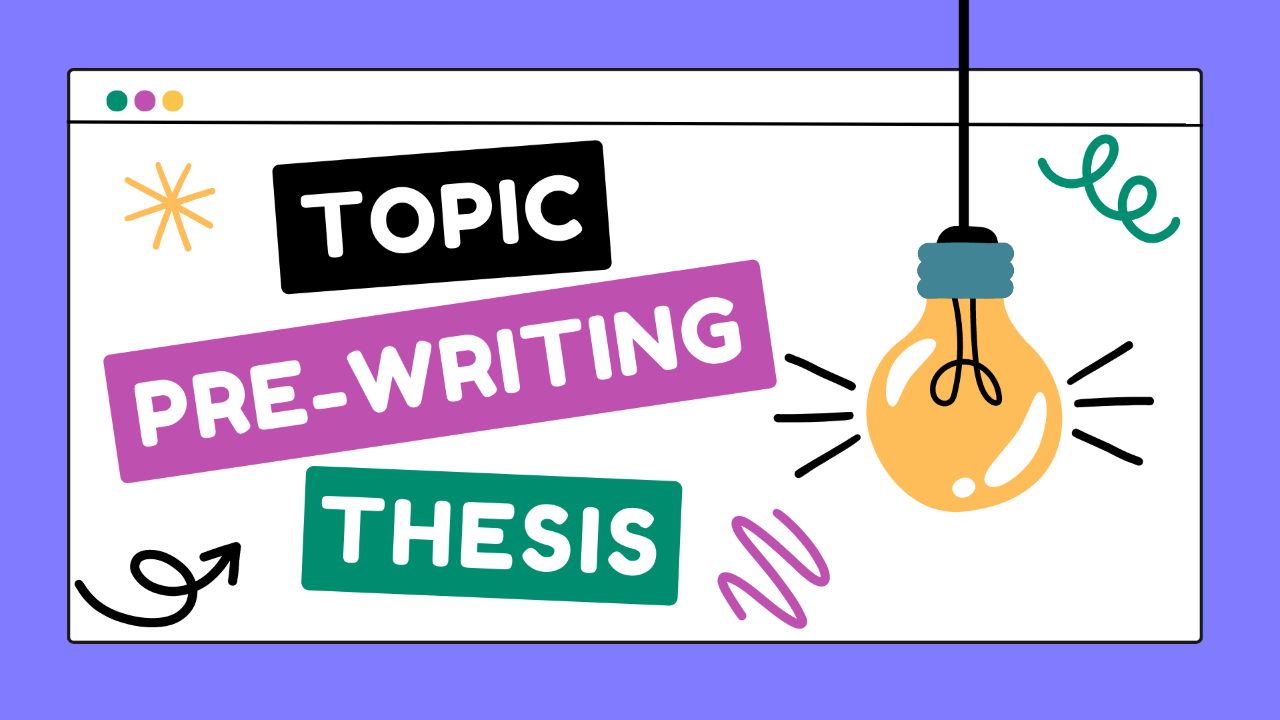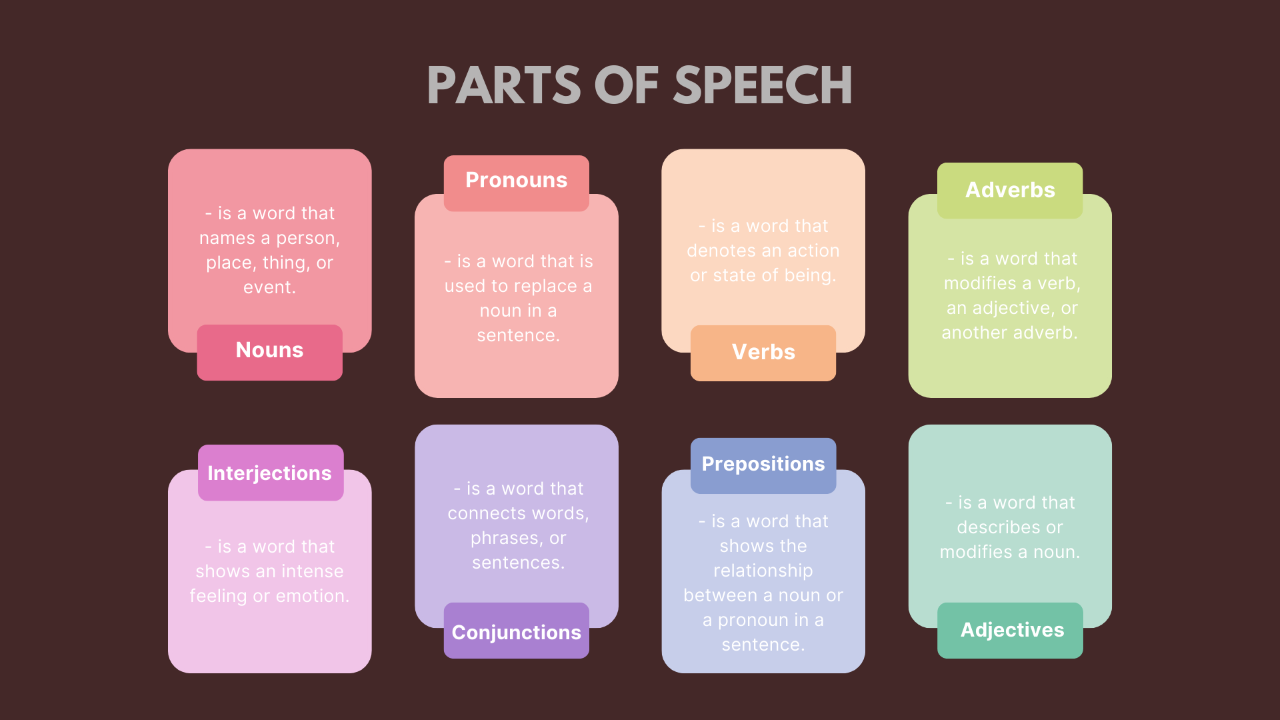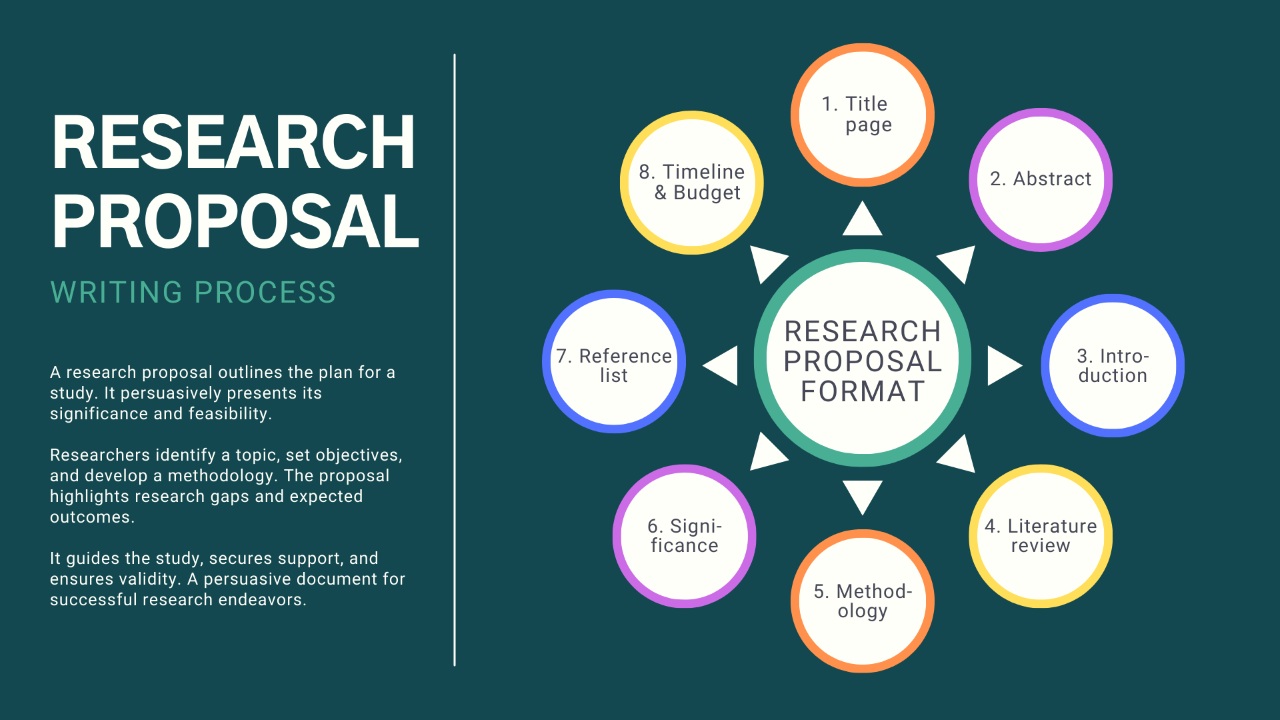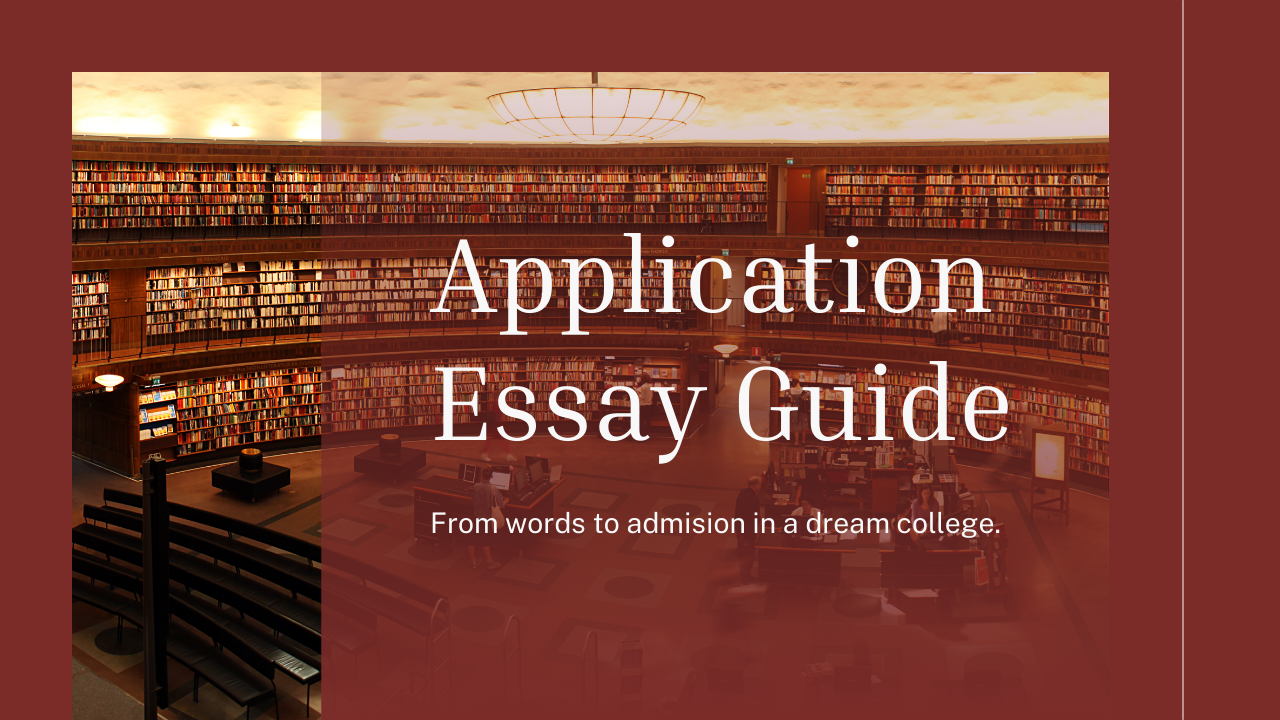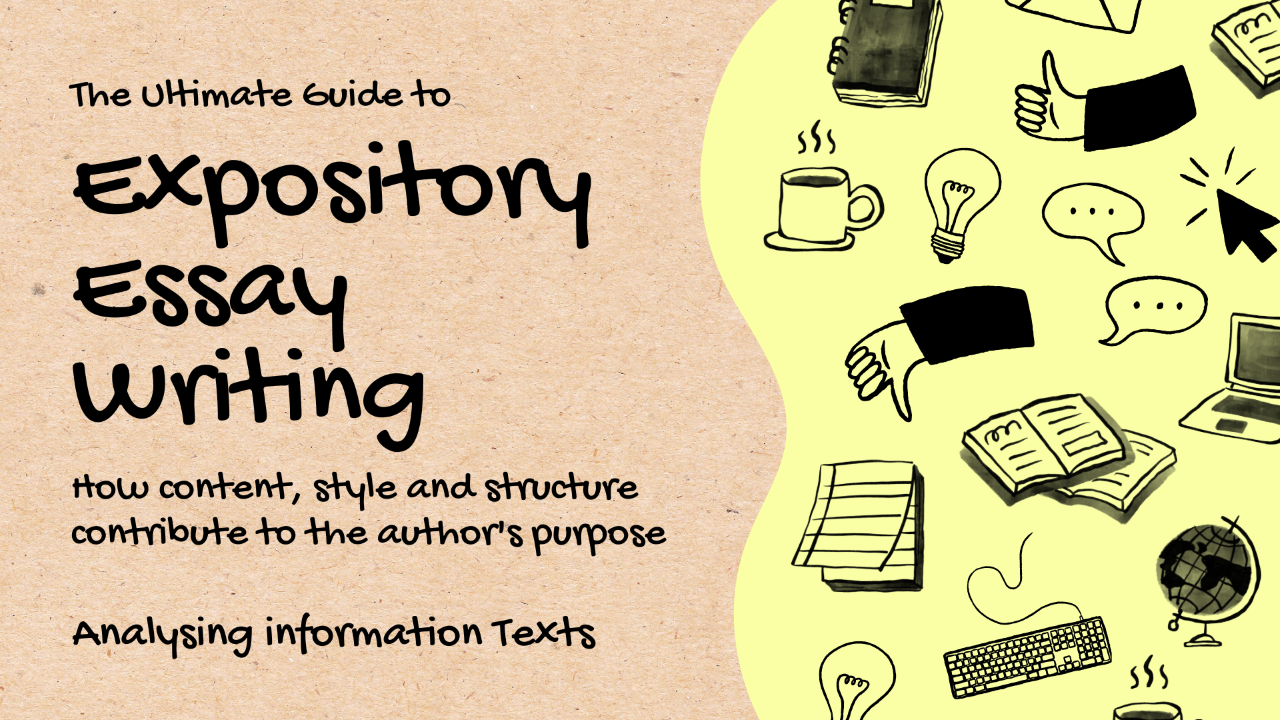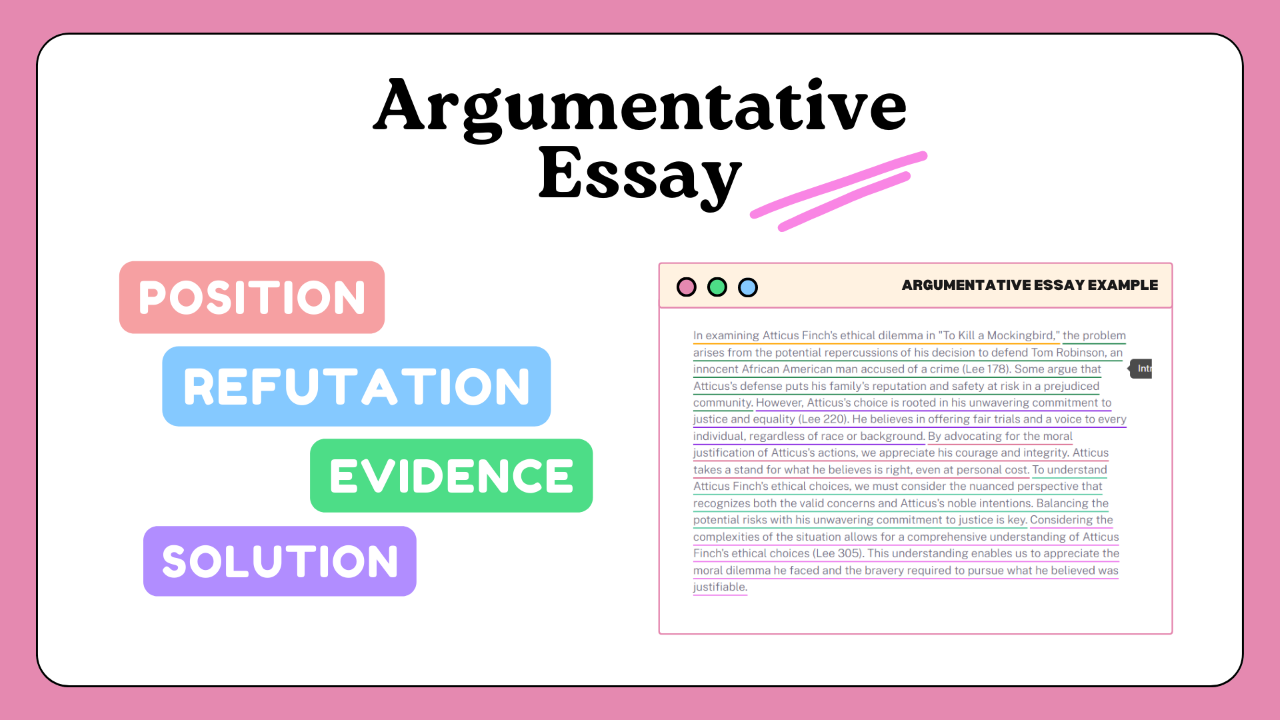
Harnessing Your Persuasive Power: How to Excel in Argumentative Essay Writing

An argumentative or persuasive essay is a type of academic writing that presents arguments on a specific topic and supports them with evidence and reasoning. Its purpose is to persuade the readers to adopt a particular viewpoint or take a specific action, often starting with a strong thesis statement that supports the main argument.
Understanding the process of writing a well-structured argumentative essay is crucial for academic success and developing critical thinking skills. It enables you to express your ideas clearly, analyze different perspectives, and construct persuasive arguments. Moreover, by perfecting the art of writing argumentative essays you open the doors to effective communication, logical reasoning, and the ability to influence others through well-supported claims.
In this comprehensive guide, we will explore the key steps involved in the process of writing good argumentative essays, empowering your writing skills in drafting and formatting an impactful and persuasive essay. By immersing yourself in the intricacies of an outline for a well-structured, organized, and impeccably formatted essay, you will acquire the essential knowledge to skillfully write exceptional argumentative essays with meticulous precision and utmost clarity.
Exploring Argumentative Essay Prompts: Mastering Your Topics
When approaching an argumentative essay, it is essential to understand the topic and the type of prompt you are given. Different prompts require different approaches to writing your argument. Let's explore the types of prompts commonly used for argumentative essay topics and provide examples for each:
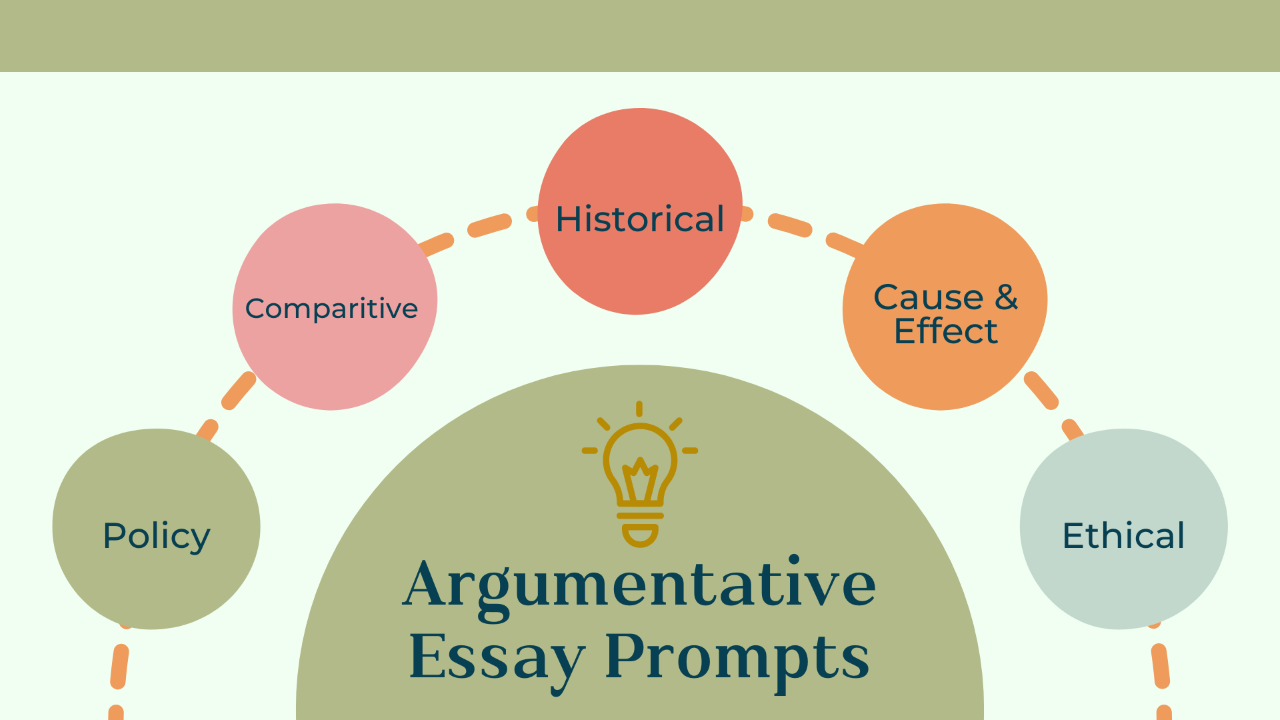
Policy prompts:
These prompts focus on discussing and evaluating existing policies or proposing new ones. You need to analyze the effectiveness of a policy, its implications, and provide evidence-based arguments for your stance.
Should the government implement stricter gun control laws?
Comparative prompts:
These prompts involve comparing and contrasting two or more subjects, ideas, or perspectives. You need to analyze the similarities, differences, and implications of each, and argue for the superiority or relevance of one over the other(s).
Compare and contrast traditional education with online learning.
Historical prompts:
These prompts require you to examine a historical event, period, or figure and argue for its significance, impact, or lessons learned. You need to provide historical context, evidence, and analyze the implications of the subject.
Evaluate the influence of the Renaissance on European art and culture.
Cause and effect prompts:
These prompts explore the cause-and-effect relationship between two phenomena or events. You need to analyze the factors contributing to a particular outcome and argue for their significance or propose solutions.
What are the causes of climate change, and how can they be addressed?
Two-sided prompts:
Also known as "pros and cons" prompts, they require you to argue for or against a specific issue or statement. You need to present arguments supporting one side while acknowledging and refuting counterarguments.
Should standardized testing be abolished in schools?
Open-ended prompts:
These prompts provide a broad topic or question without any specific stance or position. You are given the freedom to choose your own perspective and develop an argument around it.
What is the impact of social media on society?
Ethical prompts:
These prompts deals into moral or ethical dilemmas and require you to argue for a particular ethical stance or decision. You need to consider values, principles, and ethical considerations while presenting your argument.
Examine the ethical dilemma faced by Atticus Finch in 'To Kill a Mockingbird' and argue for the morally justifiable course of action he takes.
Remember, in an argumentative essay, your goal is to convince the reader by presenting a well-supported argument. Take the time to understand the prompt, conduct thorough research, and develop a strong thesis statement. Draft your essay with logical reasoning, backed by evidence, evaluation, and analysis.
Building a Strong Foundation: Exploring Major Formats to Structure Your Argumentative Essay
There are several major formats that can serve your argumentative essay for a variety of needs. These formats provide different structures and approaches to effectively present your arguments and support your thesis. Let's look into some of the major formats:
Classical Format:
The classical format is a widely recognized structure that is commonly used for argumentative essays. It provides a clear and organized framework for presenting and supporting your arguments. The format follows five key steps:
- Introducing your topic: Begin by introducing the topic and providing necessary background information. Clearly state your thesis statement, which presents the main argument or position you will be advocating throughout the essay.
- Addressing your viewpoint: Present your argument in favor of your viewpoint. Each argument should be concise and focused ensuring clarity and coherence.
- Addressing opposing viewpoints: Acknowledge and address counterarguments or opposing viewpoints. Present them in a fair and balanced manner, and then offer strong rebuttals to effectively counter those arguments. This shows that you have considered alternative perspectives and strengthens your overall position.
- Presenting supporting evidence: Back up your arguments with relevant evidence, such as facts, statistics, research findings, or expert opinions. Use credible sources to support your claims and enhance the credibility of your argument.
- Concluding your argument: Summarize your argument and restate your thesis in a conclusive manner. Emphasize the significance of your argument and leave a lasting impression on the reader.
By following these five key steps in structuring your argumentative essay in classical format, you can present your arguments in a clear, logical, and persuasive manner. This structure helps to maintain coherence and ensures that your essay is well-organized and easy to follow. Remember to tailor the format to your specific essay topic and adapt it as needed to effectively convey your ideas.
Rogerian Format:
The Rogerian format is a unique approach to argumentative writing that emphasizes finding common ground and seeking compromise between differing viewpoints. This format is particularly effective when dealing with highly contentious or emotionally charged topics where finding mutual understanding is essential. Here's a breakdown of the steps involved in the Rogerian format:
- Introducing the problem: Begin by providing a clear and unbiased introduction to the issue at hand. Avoid taking a strong stance or presenting your own viewpoint initially. Instead, focus on establishing the context and significance of the problem. This sets the stage for constructive dialogue.
- Addressing your opponent's Claim: In the spirit of seeking common ground, address your opponent's arguments and concerns first. Show that you have understood their perspective by accurately summarizing their position. This demonstrates respect for their viewpoint and opens the door for a more productive conversation.
- Addressing your own stance: After acknowledging the opposing viewpoint, present your own stance on the issue. Clearly articulate your position, supported by valid reasoning and evidence. Emphasize shared values or goals that may exist between both sides. This helps to build rapport and foster a sense of understanding.
- Suggesting a middle ground: propose a middle ground or compromise that can accommodate elements of both positions. Identify specific aspects of your position that proponents of the opposing viewpoint can benefit from adopting. Highlight the potential positive outcomes that can be achieved through cooperation and collaboration.
- Concluding your argument: In the conclusion of your essay, reiterate the importance of finding common ground and seeking compromise. Summarize the main points of agreement and emphasize the potential for mutual benefit. Avoid portraying one side as the winner or loser. Instead, focus on the shared understanding and potential for constructive solutions.
By using the Rogerian format, you can foster a more respectful and collaborative approach to argumentative essay writing. It encourages empathy, active listening, and a focus on solutions rather than solely defending one's own position. This format is particularly useful when engaging in discussions where there is a high level of disagreement or polarization. By seeking common ground, the Rogerian format promotes dialogue that can lead to greater understanding and potentially bridge the gap between differing perspectives.
Toulmin Format:
The Toulmin format is a powerful tool for constructing persuasive arguments in an academic essay. It emphasizes clear reasoning and the use of evidence to support your claims. This format is particularly effective when you want to provide strong justifications for your viewpoint. Here's a breakdown of the steps involved in the Toulmin format:
- Stating your claim: Begin by clearly stating your main claim or thesis. This is the central argument you are making in your essay. It should be concise, specific, and debatable. The claim sets the foundation for the rest of your argument.
- Providing grounds: Present the grounds that support your claim. These are the logical explanations and justifications that demonstrate why your claim is valid. Each reason should be supported by evidence and logical connections to the claim. Be thorough in explaining your reasoning to strengthen your argument.
- Explaining warrant: The warrant is the underlying assumption or principle that connects the reasons to the claim. It explains the logical link between the evidence and the claim. The warrant helps to bridge any gaps in reasoning and provides a basis for accepting the evidence as valid support for the claim.
- Backing: The backing provides additional support or evidence to reinforce the warrant. It can include factual data, expert opinions, research findings, or examples that lend credibility to your argument. The backing helps to strengthen the warrant and provide further assurance of the validity of your claim.
- Counterarguments and rebuttal: Anticipate and address potential counterarguments to your claim. Present opposing viewpoints or objections that may arise and provide strong rebuttals to refute them. Acknowledge alternative perspectives while firmly defending your position. Addressing counterarguments demonstrates that you have considered multiple viewpoints and strengthens your overall argument.
The Toulmin format is particularly useful when you need to provide a clear and logical structure for your argument. It helps you build a persuasive case by focusing on reasoning, evidence, and counterarguments. By employing the Toulmin format, you can effectively communicate your ideas and convince your audience of the validity of your claim.
How to Structure Your Argumentative Essay
Irrespective of which format you use for writing an argumentative essay, the structure of your academic essay plays a crucial role in effectively presenting your arguments and engaging your readers. A well-structured essay not only helps you organize your thoughts and ideas but also ensures a clear and logical flow of information. Let's explore the essential components of structuring an argumentative essay, including the introduction, body paragraphs, and conclusion.
1 Introduction: Setting the Stage for Your Argument
The introduction serves as the opening of your essay and provides crucial context for your argument. Its primary purpose is to grab the reader's attention and present a clear thesis statement that outlines your main argument. Here, you have an opportunity to establish the relevance and importance of the topic, as well as introduce any key terms or concepts that will be discussed throughout the essay. To make your introduction compelling, you can employ various types of hooks such as an intriguing statistic, a thought-provoking question, or a captivating anecdote. By engaging your readers from the start, you can pique their curiosity and encourage them to continue reading.
Let's Explore an example of an argumentative essay introduction paragraph considering the ethical prompt "Examine the ethical dilemma faced by Atticus Finch in 'To Kill a Mockingbird' and argue for the morally justifiable course of action he takes." Take a closer look at the distinctively highlighted sections and hover over or click on each one to reveal a description of the essay's introduction structure.
Example: Argumentative essay introduction
In examining the ethical dilemma faced by Atticus Finch in "To Kill a Mockingbird," it is crucial to consider the perspectives of those who may hold opposing views. Set in the 1930s during the height of racial tensions in the southern United States, the story revolves around the trial of Tom Robinson, a black man falsely accused of a crime. Atticus Finch, a principled and morally upright lawyer, finds himself at the center of this controversial case, challenging the deeply ingrained prejudices and societal norms of his community. Within this complex ethical dilemma, Atticus Finch demonstrates unwavering courage and commitment to justice by choosing to defend Tom Robinson and challenging the deeply rooted racism prevalent in Maycomb. His morally justifiable course of action not only highlights the importance of equality and fairness but also serves as a catalyst for positive social change.
2 Body: Presenting Your Arguments with Supporting Evidence
The body paragraphs form the backbone of your argumentative essay, where you provide evidence, analysis, and reasoning to support your thesis statement. It is essential to structure your body paragraphs in a logical and coherent manner to ensure clarity and readability. Each body paragraph should focus on a single main point or argument and begin with a topic sentence that clearly states the purpose of your essay. Then, you should provide supporting evidence, such as research findings, examples, or expert opinions, to validate your argument. Be sure to cite your sources properly to maintain academic integrity.
To further enhance the structure of your body paragraphs, you can employ the use of transition words and phrases to create smooth transitions between ideas. This helps your readers follow the flow of your arguments and understand the connections between different points. Additionally, consider addressing counterarguments and providing strong rebuttals to strengthen your position and showcase your critical thinking skills.
Example: Argumentative essay body
In examining Atticus Finch's ethical dilemma in "To Kill a Mockingbird," the problem arises from the potential repercussions of his decision to defend Tom Robinson, an innocent African American man accused of a crime (Lee 178). Some argue that Atticus's defense puts his family's reputation and safety at risk in a prejudiced community. However, Atticus's choice is rooted in his unwavering commitment to justice and equality (Lee 220). He believes in offering fair trials and a voice to every individual, regardless of race or background. By advocating for the moral justification of Atticus's actions, we appreciate his courage and integrity. Atticus takes a stand for what he believes is right, even at personal cost. To understand Atticus Finch's ethical choices, we must consider the nuanced perspective that recognizes both the valid concerns and Atticus's noble intentions. Balancing the potential risks with his unwavering commitment to justice is key. Considering the complexities of the situation allows for a comprehensive understanding of Atticus Finch's ethical choices (Lee 305). This understanding enables us to appreciate the moral dilemma he faced and the bravery required to pursue what he believed was justifiable.
3 Conclusion: Summarizing Your Argument
The conclusion is the final or last step of your argumentative essay, where you wrap up your main points and restate your thesis statement. It is your opportunity to leave a lasting impression on the reader and reinforce the significance of your thesis. In the conclusion, you should briefly summarize the key arguments presented in the body paragraphs and emphasize their relevance to the overall topic. Avoid introducing new information or arguments in the conclusion; instead, focus on providing a concise and powerful summary.
Example: Argumentative essay conclusion
Atticus Finch's ethical dilemma in "To Kill a Mockingbird" reveals the complexities of making difficult choices in the face of injustice. His unwavering commitment to justice and equality, despite the potential risks and consequences, serves as a powerful symbol of integrity and courage. Through his actions, Atticus challenges societal norms and inspires readers to question their own beliefs and biases, highlighting the importance of standing up for what is right.
In this comprehensive guide we have illustrated a step-by-step process of writing a well-structured argumentative essay. By following the outlined steps, you can effectively present your arguments, support your thesis, and engage your readers. Remember to carefully craft your introduction to grab attention, use various types of hooks, and clearly state your thesis statement. The body paragraphs should be structured to present your arguments, address counterarguments, and provide supporting evidence. Finally, wrap up your essay with a strong conclusion that summarizes your key points and reinforces the significance of your argument. For further inspiration and guidance, you can also refer to our argumentative essay pdf samples to explore some examples of well-written argumentative essays. With practice and adherence to these guidelines, you can master the art of writing excellent argumentative essays.
Checklist for Writing an Excellent Argumentative Essay
0/7
Free Sample Essays & Papers
Download free PDF examples of essays and papers in various subjects, all with different citation styles! Get inspired, conquer writer's block, and find the perfect format for your next assignment. Click to download now!
